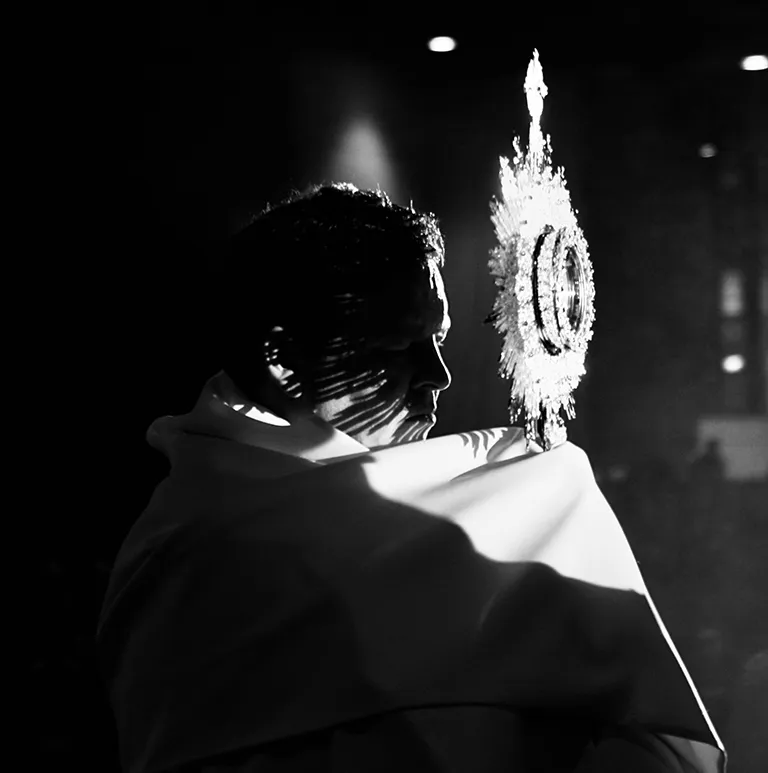Roman Catholicism can seem to be a pairing of contradictions. It is both Catholic (inclusive, welcoming, absorbing) and yet at the same time it is Roman (centralised, hierarchical, institutional).
The former characteristic gives it its fluidity, the latter its rigidity. Certainly there are historical phases in which the Catholic prevailed over the Roman and there are different combinations in the way the two qualities are intertwined with each other.
For example, on the one hand, the Council of Trent (16th century) was very Roman with its dogmatic definitions and its excommunications of those who upheld Protestant convictions on the supreme authority of Scripture and salvation by faith alone. On the other, the Second Vatican Council (20th century) was very Catholic with its ecumenism towards non-Catholics and its embrace of the modern world.








Pope Leo XIV: An evangelical view
The Roman Catholic Church has its new Pope - the 267th according to its official list.The number is less …